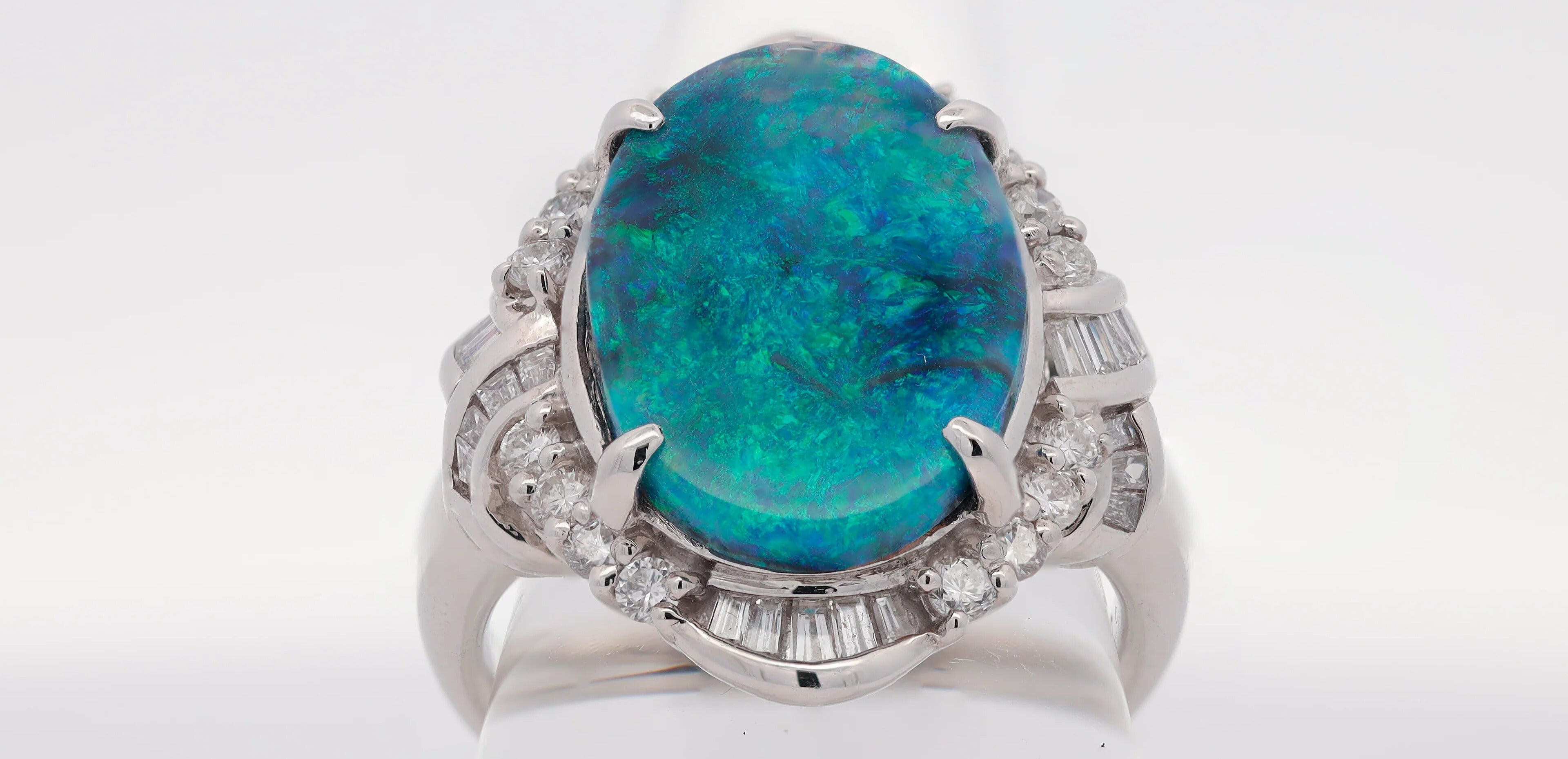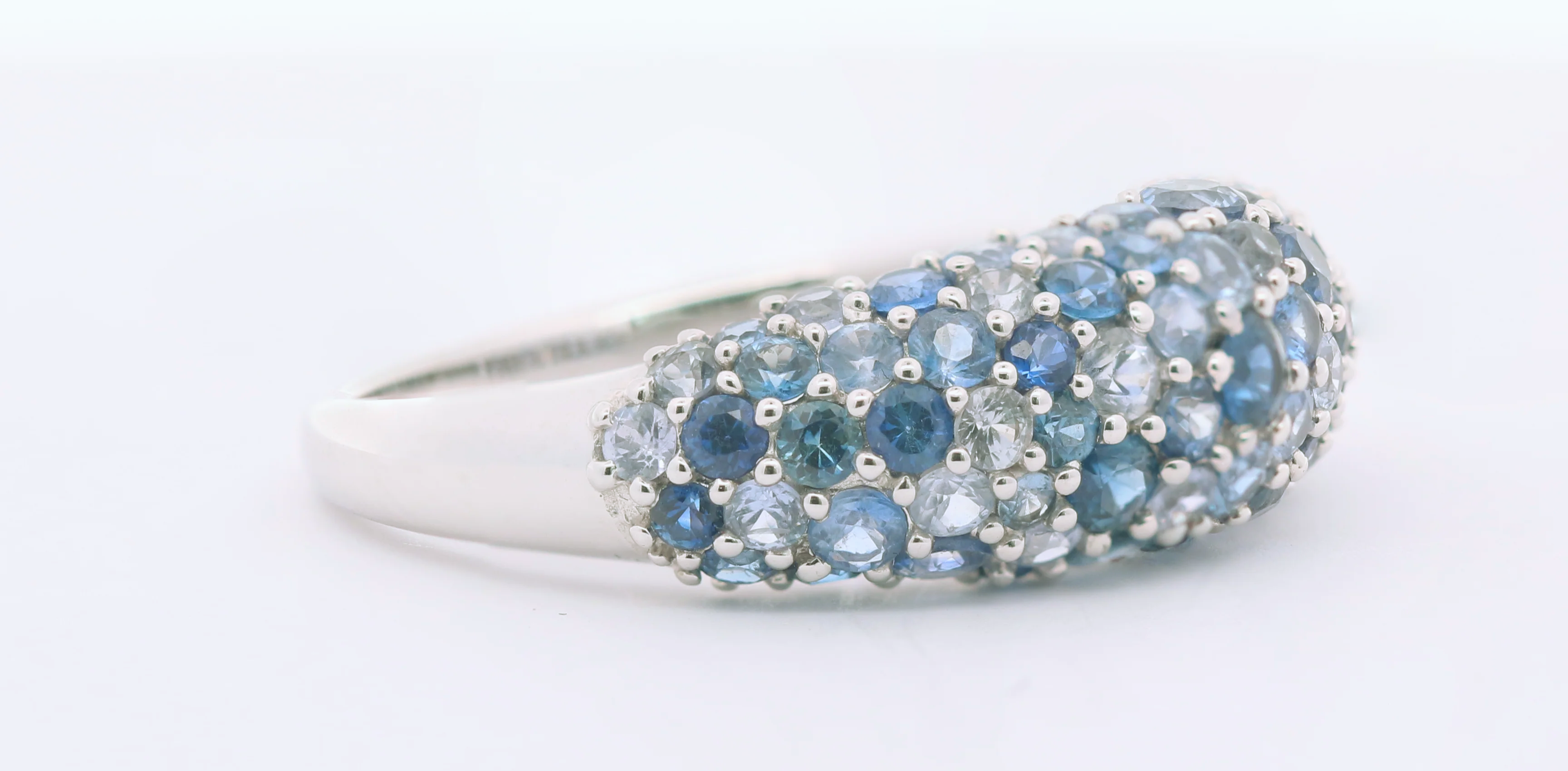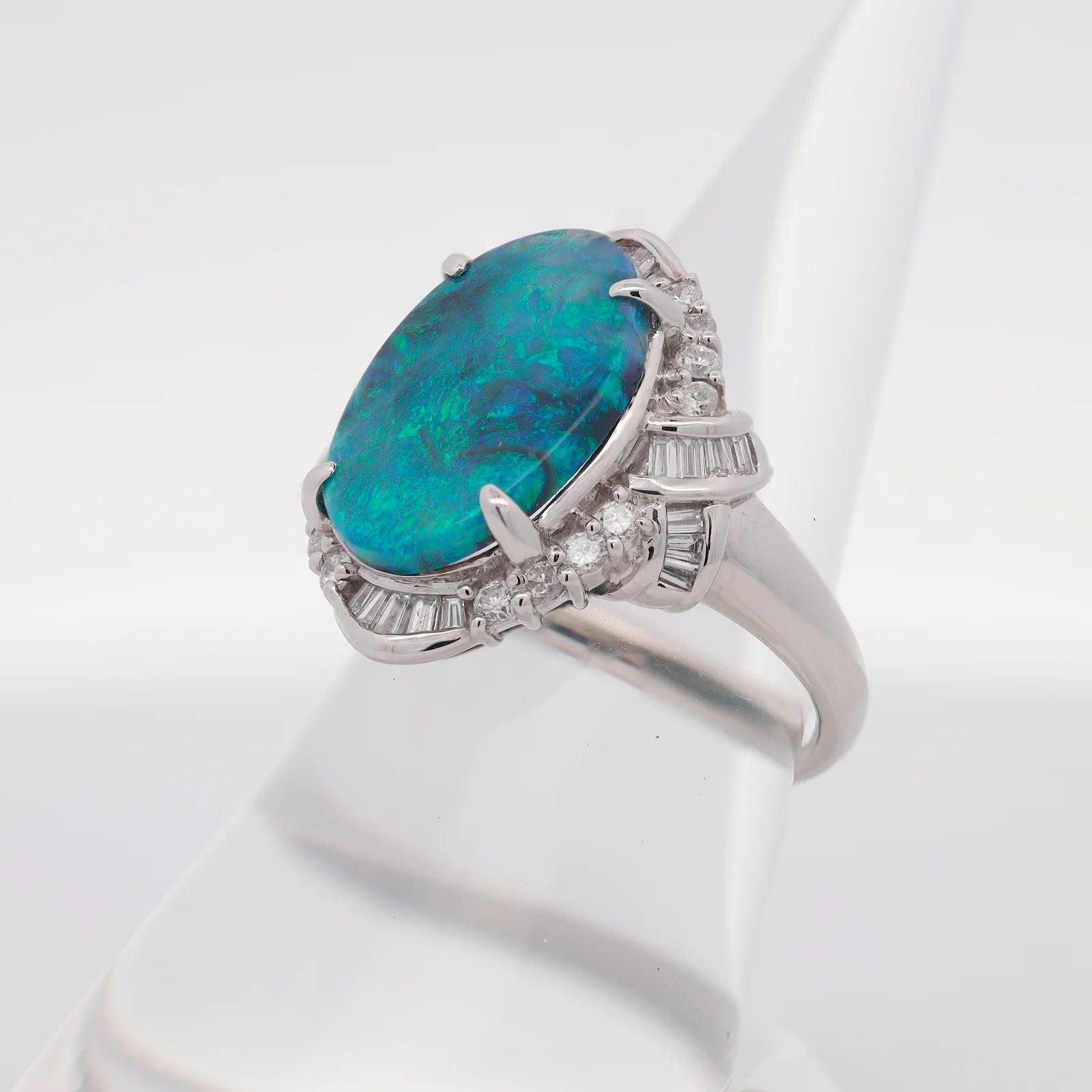Japanese Jewelry Craftsmanship: Traditional Techniques

The Timeless Art of Japanese Jewelry Craftsmanship
Japanese jewelry craftsmanship represents centuries of artistic evolution, where meticulous attention to detail meets profound cultural symbolism. The archipelago's artisans have developed distinctive methodologies that transcend mere ornamentation, creating pieces that embody spiritual significance and aesthetic mastery. These traditional techniques, passed down through generations of craftspeople, continue to influence contemporary jewelry design worldwide.
The sophistication of Japanese metalworking techniques emerged from the samurai era, where sword-making expertise naturally transitioned into decorative arts. Artisans developed an understanding of metal properties that enabled them to create intricate designs with remarkable durability. This foundational knowledge became the bedrock upon which modern Japanese jewelry craftsmanship stands.
Historical Foundations and Cultural Significance
The roots of Japanese jewelry craftsmanship extend deep into the Heian period (794-1185), when aristocratic culture flourished and decorative arts reached unprecedented heights. During this era, craftsmen began developing the sophisticated techniques that would define Japanese jewelry for millennia. The influence of Buddhism and Shintoism permeated every aspect of creation, infusing pieces with spiritual meaning that transcended their material value.
Traditional Japanese society valued subtlety over ostentation, leading to the development of refined techniques that emphasized craftsmanship quality rather than gemstone size or precious metal quantity. This philosophical approach created a unique aesthetic that prioritized harmony, balance, and understated elegance. The concept of mono no aware – the bittersweet awareness of impermanence – influenced designers to create pieces that captured fleeting moments of natural beauty.
The Role of Seasonal Aesthetics
Japanese jewelry traditionally reflects the changing seasons, incorporating motifs that celebrate nature's cyclical beauty. Cherry blossoms symbolize spring's ephemeral nature, while autumn leaves represent transformation and acceptance of change. These seasonal elements became integral to Japanese jewelry design, creating pieces that resonated with the wearer's emotional connection to natural rhythms.
Artisans developed specialized techniques to capture these natural forms in metal and stone. The delicate veining of leaves required masterful engraving skills, while the soft petals of flowers demanded innovative approaches to metal manipulation. These challenges drove continuous innovation in Japanese jewelry craftsmanship techniques.
Essential Traditional Techniques
The mastery of Japanese jewelry craftsmanship techniques requires understanding multiple specialized methodologies, each contributing unique characteristics to the finished piece. These techniques often work synergistically, combining to create effects impossible through single approaches.
Mokume-gane: The Wood Grain Metal Technique
Mokume-gane represents one of Japan's most distinctive contributions to metalworking artistry. Developed in the 17th century by Denbei Shoami, this technique involves fusing different colored metals into laminated sheets that reveal wood-like patterns when manipulated. The process requires extraordinary skill and patience, as temperature control must remain precise throughout the fusion process.
"Mokume-gane transforms disparate metals into unified beauty, much like how diverse experiences shape a person's character." - Traditional Japanese metalworking philosophy
Contemporary artisans continue refining mokume-gane techniques, experimenting with new metal combinations and manipulation methods. The resulting patterns remain unique to each piece, ensuring that no two items share identical characteristics. This individuality aligns perfectly with Japanese aesthetic principles that celebrate imperfection and uniqueness.
Granulation and Filigree Work
Japanese granulation techniques developed independently from their European counterparts, resulting in distinctly different aesthetic outcomes. Japanese artisans created smaller, more uniform granules that could be arranged in intricate patterns representing natural phenomena. These tiny spheres of precious metal required exceptional skill to create and position accurately.
Filigree work in Japan emphasizes flowing, organic lines that mirror natural forms. Unlike the geometric patterns common in other traditions, Japanese filigree often depicts stylized representations of water, wind, or plant growth. The technique demands steady hands and profound patience, as each wire must be shaped and soldered with microscopic precision.
Discovering Authentic Japanese Craftsmanship
For those seeking genuine examples of these traditional techniques, exploring authentic Japanese jewelry collections becomes essential. The challenge lies in distinguishing between mass-produced imitations and true artisanal work that embodies centuries of craftsmanship tradition.
Authentic Japanese jewelry collections showcase the full spectrum of traditional techniques while maintaining relevance for contemporary wearers. These carefully curated selections demonstrate how ancient methodologies adapt to modern sensibilities without compromising their essential character. Each piece represents hours of meticulous handwork by skilled artisans who have dedicated their lives to preserving these cultural treasures.
When examining traditional Japanese jewelry, several characteristics distinguish authentic pieces from commercial reproductions. The weight and balance feel substantial yet comfortable, reflecting the artisan's understanding of wearability alongside aesthetic appeal. Surface textures reveal the subtle irregularities that indicate handcrafting, while machine-made pieces exhibit uniform perfection that lacks soul.
Understanding Quality Markers
Genuine Japanese jewelry craftsmanship techniques produce specific quality markers that knowledgeable collectors recognize immediately. Hand-engraved details show slight variations in depth and spacing that machines cannot replicate. Patination appears naturally aged rather than artificially induced, developing organically through careful oxidation processes.
The joinery methods used in traditional Japanese jewelry differ significantly from Western approaches. Japanese artisans favor mechanical connections over adhesive bonding, creating pieces that can be disassembled for repair or modification. This approach reflects the Japanese philosophy of sustainability and long-term thinking that values longevity over disposability.
Contemporary Applications of Ancient Wisdom
Modern Japanese jewelry artisans continue innovating within traditional frameworks, developing new applications for ancient techniques. Contemporary pieces often incorporate unconventional materials like titanium or ceramic while maintaining classical aesthetic principles. This evolution ensures that Japanese jewelry craftsmanship remains relevant for new generations of appreciative collectors.
The integration of modern technology with traditional handwork creates opportunities for previously impossible designs. Computer-aided design allows artisans to visualize complex patterns before beginning the labor-intensive creation process. However, the actual fabrication still relies heavily on manual skills passed down through generations of dedicated craftspeople.
For discerning collectors seeking exceptional examples of contemporary Japanese craftsmanship, certain pieces exemplify the perfect fusion of traditional technique with modern innovation. These remarkable creations demonstrate how ancient methodologies adapt to contemporary aesthetic sensibilities while maintaining their essential cultural identity.
Material Innovation and Traditional Methods
Contemporary Japanese jewelers experiment with non-traditional materials while applying classical techniques. Carbon fiber receives the same meticulous attention as precious metals, with artisans developing specialized tools and processes to achieve desired effects. This material exploration expands creative possibilities while honoring traditional craftsmanship principles.
The incorporation of advanced alloys allows for stronger, more durable pieces that maintain the delicate appearance of traditional work. These technological advances enable artisans to create more complex designs while ensuring longevity that justifies premium pricing structures.
The Learning Process and Apprenticeship Tradition
Mastering Japanese jewelry craftsmanship techniques requires years of dedicated study under experienced masters. The traditional apprenticeship system emphasizes gradual skill development through repetitive practice and careful observation. Students begin with basic metalworking fundamentals before progressing to specialized techniques like mokume-gane or intricate engraving work.
The relationship between master and apprentice extends beyond technical instruction to encompass philosophical understanding of the craft's cultural significance. Students learn to appreciate the meditative aspects of repetitive handwork while developing the patience necessary for complex projects that may require months of concentrated effort.
Stages of Skill Development
| Stage | Duration | Focus Areas | Key Skills Developed |
|---|---|---|---|
| Foundation | 1-2 years | Basic metalwork, tool familiarity | Hand steadiness, material properties |
| Intermediate | 3-5 years | Specialized techniques, design principles | Pattern creation, surface treatment |
| Advanced | 5-10 years | Complex projects, innovation | Original design, technique refinement |
| Master Level | 10+ years | Teaching others, cultural preservation | Knowledge transmission, innovation |
The progression through these stages requires unwavering dedication and acceptance of constructive criticism. Masters evaluate student work with exacting standards, often requiring multiple iterations before accepting a piece as satisfactory. This rigorous approach ensures that traditional quality standards remain uncompromised across generations.
Preservation and Future Directions
The preservation of traditional Japanese jewelry craftsmanship techniques faces challenges from globalization and changing consumer preferences. Younger artisans must balance respect for traditional methods with adaptation to contemporary market demands. This delicate equilibrium requires careful consideration of which elements represent essential cultural identity versus changeable stylistic preferences.
Educational initiatives promote awareness of Japanese jewelry craftsmanship techniques among international audiences. Museums, cultural centers, and specialized workshops introduce traditional methods to broader communities, fostering appreciation for the skill and dedication required to master these ancient arts.
Addressing Common Questions About Japanese Jewelry Craftsmanship
Collectors and enthusiasts frequently inquire about specific aspects of Japanese jewelry craftsmanship techniques. Understanding these concerns helps appreciate the complexity and value of authentic pieces.
- How can collectors distinguish between authentic Japanese craftsmanship and mass-produced imitations?
- What maintenance requirements do traditional Japanese jewelry techniques demand?
- Are contemporary pieces using traditional techniques considered equally valuable as historical examples?
- How do seasonal motifs in Japanese jewelry relate to specific times of year for wearing?
- What role does spiritual symbolism play in contemporary Japanese jewelry design?
These questions reflect the deep interest that discerning collectors show in understanding not just the aesthetic appeal of Japanese jewelry, but also its cultural context and practical considerations for ownership and care.
The future of Japanese jewelry craftsmanship techniques depends on continued innovation within traditional frameworks. Master artisans experiment with contemporary materials and design approaches while maintaining essential cultural elements that define authentic Japanese aesthetic principles. This evolutionary process ensures that traditional craftsmanship remains vibrant and relevant for future generations of artists and collectors alike.

